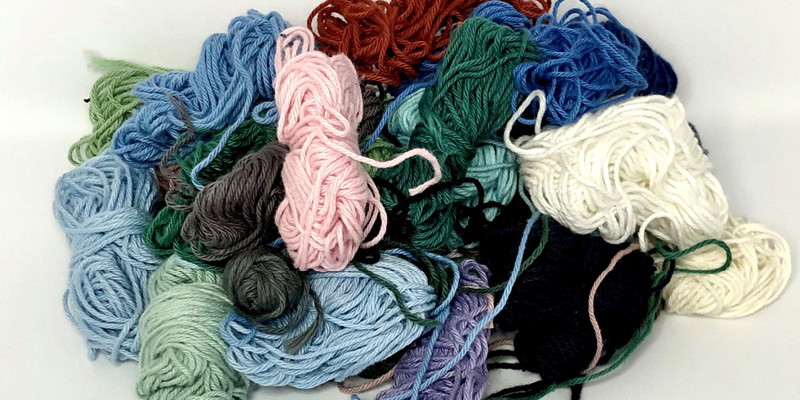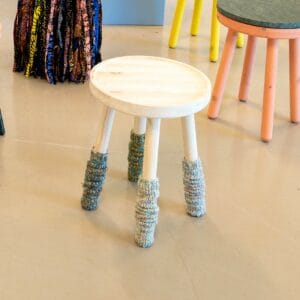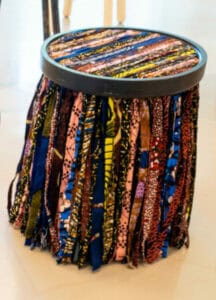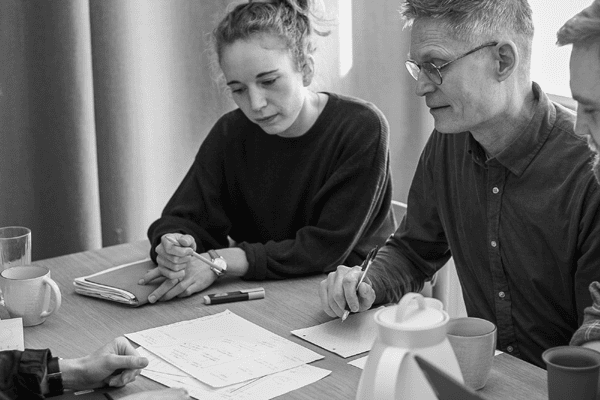
We have been around this topic before, and this will definitely not be the last time we talk about the differences between reused, recycled, and virgin materials.
Recently, we shared a post on reuse vs recycling where we concluded that for most materials, to create a significant reduction in climate emissions, you must reuse rather than recycle.
This time, we’ll focus on another aspect of these practices: production waste. This is a parameter that you need to be very aware of when incorporating recycling and especially reuse into your production. Sometimes, we see that the CO2eq emissions are higher in products made from recycled or even reused materials than in a virgin version of the same product.
You cannot always control the amount of leftover material you receive, and you do not always know the size and shape of it. It can be difficult to find the exact amount and specific shapes and sizes of reusable materials that you need. This often means getting too much material which results in more waste than if you have used virgin materials, where you can get closer to the amount that you need for your product.
The processes of recycling and reusing typically have lower climate footprints than using virgin materials. BUT..
Following the PEF methodology, we calculate a bit differently from other LCA methods. Surely, PEF includes in its calculations the benefits of recycled or reused material in the product.
However, PEF also considers whether the product is likely to be recycled or reused at the end of its life.
If the product where the material is used isn’t part of an established recycling chain, you lose a part of the benefit from using recycled or reused materials.
When for example plastic is not recycled or reused when disposed of, PEF has decided that you only receive half of the benefit from using recycled or reused plastic material. This means that if there is a difference of e.g., 20 kilos of CO2eq between a virgin and a reused material, and the product isn’t recycled at end of the use phase, you have to add 10 kilos of CO2eq to the footprint of reused material. This increases the probability that the emissions from the materials wasted in the new production outweigh the benefits from using leftover materials.
Be aware of your production waste
To exemplify this, we will once again turn to the stool project called What a waste. As part of a larger cooperation initiated by The Circular Furniture Network between Målbar, The Upcycl and 6 design companies, 13 unique stools were created from the same basic stool made of reused pine wood. Almost all the additional materials that were added to the designs were new waste materials, which is leftover materials from the manufacturing industry. Målbar calculated on all the stools in a reused and a virgin version to reveal the difference in climate impact.

In one case – the stool with the leg warmers named The iconic Jane Fonda – the CO2eq emissions were higher in the upcycled materials version than in the virgin version. This was due to the waste material. The virgin version had a footprint of 10 kg of CO2eq while the reused version emitted 11 kilos of CO2eq. The reason for this is that the designers couldn’t find a batch of reused yarn, that fitted the amount they needed for the leg warmers. Instead, they had way too much yarn, which resulted in a large amount of waste material. Waste from which the emissions exceeded the emission from the virgin yarn.
One solution to this problem is companies like The Upcycl which match companies in need of new waste materials with companies that generate a continuous flow of new waste materials in specific sizes and shapes that meet the needs of the buying company. This optimizes the chances that the company using new waste can utilize it in the most efficient way resulting in very little waste.

Do notice, that most of the stools in the project showed a significantly lower climate impact in the upcycled materials version than in the virgin version. Take for example the one called Floating Expressions, which is covered in scraps of fabrics, and have legs made of waste steel from a wheelbarrow production. The reused version has an emission of 32 kg of CO2eq while the virgin version has a climate impact of 47 kg of CO2eq.
Remember that there are many factors contributing to the climate emissions of products, such as energy consumption, transportation, packaging, use phase, etc.


